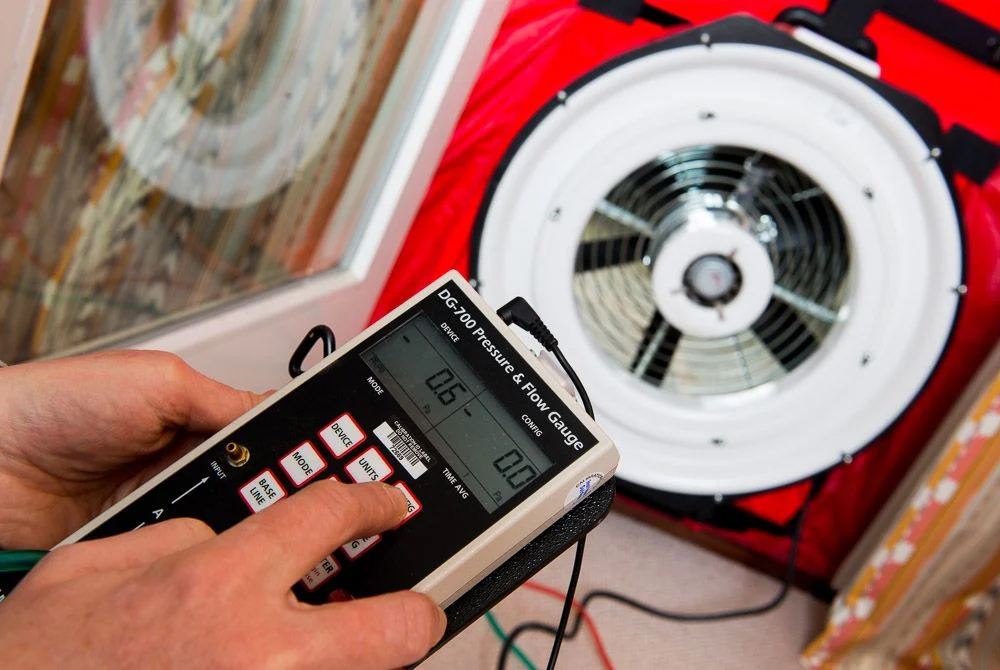Blog
EPC changes 2025 – get ready for RdSAP10
- Insights
- 3 Sep ‘25

RdSAP 10 refers to version 10 of the Reduced Data Standard Assessment Procedure (RdSAP), the method used in the UK to assess the energy performance of existing residential properties. It is a simplified version of SAP (Standard Assessment Procedure), designed specifically for older or already-built homes.
What's new in 2025
RdSAP 10 represents the most substantial update to the assessment methodology in years, requiring assessors to gather more detailed information during property visits. It will introduce expanded ventilation options, more detailed window measurement, noting wall types and constructions, the inclusion of air pressure test results, among other new metrics.
Previously, software limitations required assessors to make assumptions, resulting in some property details being recorded inaccurately. With RdSAP 10, however, assessments are significantly more precise, allowing for detailed data and supporting evidence to be submitted.
Why is the update to the RdSAP methodology so important?
The introduction of RdSAP 10 is a critical step in the UK’s efforts to modernise its housing stock and reduce energy consumption. As the government tightens regulations and incentives around energy efficiency, accurate energy assessments are becoming increasingly important. They not only influence property values but also impact homeowners’ and landlords’ responsibilities to achieve certain energy ratings.
With the 15th June marking the official release date of RdSAP 10, now is the perfect time to make sure you’re up to speed with the coming changes.
RdSAP 10 introduces two distinct ‘room in roof’ types, giving assessors the flexibility to choose between a simplified or detailed assessment (suitable documentation required) method for each.
This update also brings a requirement for additional measurement, such as the dimensions of gable walls and where applicable, common walls, to better reflect the variety in construction styles.

This is one of the biggest changes for assessors, as now all windows will have to be measured. Additional options will also be made available, such as for frame types and permanent shutters. The number of glazing age categories have also increased to encompass varying regional standards and installation dates.
Ventilation options have been significantly expanded in RdSAP 10, with the inclusion of several new features and enhanced data collection requirements. These now cover elements such as open fireplaces, chimneys, and flues, among others. Support for mechanical ventilation systems has also been greatly improved, with a greater number of input options.
Air pressure test results can now be included provided documentary evidence is available. Incorporating these rest results into the building performance assessment can lead to a better representation of a building’s energy efficiency.

RdSAP 10 offers improved accuracy in assessments by expanding options for walls, roofs, and floors. Assessors can now specify two wall types per building part and input detailed insulation data, including actual thickness and, where supported, thermal conductivity.
Roof assessments include a wider range of insulation thicknesses and a new option for unheated or non-residential spaces, eg. commercial units above flats. Floor insulation can also be recorded with specific thicknesses for retrofitted measures.
Other forthcoming changes to recommendations will include:
NicheCom welcomes these methodology updates that have been developed in part by the BRE, the government and industry bodies such as our own EPC accreditation partner, Elmhurst Energy.
The updated assessments will provide a more accurate reflection of the energy efficiency of our homes, but will require more time to be spent on site by a DEA gathering additional property information.
If you have any queries about the changes coming in June, contact us on 0118 977 0690 or email info@nichecom.co.uk.
Headed-up by